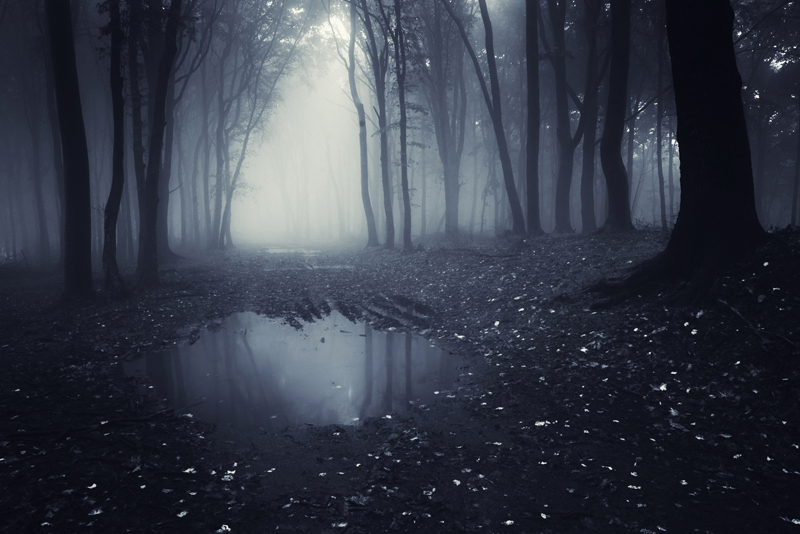Napped Fabrics

Using textiles as a medium with hands and simple objects as tools, our ancestors have created unmistakable beauty and art. From ancient Peruvian artists creating 8th century feather imbued textiles to the intricately stitched geometric and pictorial needlework creations of the Hmông people, the 2,000 year-old batiks from Java, China, Africa and Ukraine, tapestries from ancient Greece, Mayan weavings, Native American weavings, colorful Mexican textiles, and surface embellishments of textiles from India, we find the sewer’s handiwork evident that reflects the passion of life. We continue the process through the ages.
Those modern textiles that are manufactured with a "nap" like velvets, flannels, and corduroys are all examples of fabrics that allow contemporary sewers to create unique objets d’art using color, form, surface texture and great style. If you run your hand over the fabric in one direction, it will feel smooth and in the other direction doesn’t. The raised nap of this type fabric catches light differently when viewed in one direction of the fabric than the other so it is important when using a pattern to cut all pattern pieces in one direction.
If unsure if a fabric has nap, fold it right sides together matching the selvage ends and then turn one corner back on a 45 degree angle. If the exposed right sides look different from each other in the light, then the fabric has a nap. Whether you cut you pattern pieces with the smooth nap running down or up is a personal choice of how you like the way the light is reflected off the fabric. Wearing a garment with the smooth side of the nap fabric running from top down produces a pleasing sheen to the color of the fabric while with the nap running up a deeper, richer color tone. Often deeply napped fabrics are worn with the smoother side of the nap running from top to bottom of the garment to minimize abrasion of the fabric during wearing.
Creative surface designs can be applied to napped fabrics by embossing, embroidering, stamping or painting. This adds an additional unique dimension to popular and easy-to-do sewing projects like potpourri bags, designer gift bags, Christmas stockings, pillows and evening purses. Embossing napped fabrics impresses an image onto the napped fabric using a rubber stamp, some water to mist, and heat from a dry iron on the wool setting. The resulting shadow like impression of the permanent image left on the napped fabric adds an unexpected design element to any project.
Fabric Notes When Embossing Velvets:
Best to use acetate/rayon velvets or velvets with a high rayon or silk content for more permanent embossing results and not nylon velvets that can burn under the hot iron.
Place the rubber stamp facing up and your napped fabric facing down over the stamp and mist lightly with water. Press the hot iron down over the fabric for 20 to 30 seconds but do not move the hot iron in any back and forth motion. You might want to use a pressing cloth to protect the back of the fabric and for avoiding the impression left from the iron’s steam vents.
If your stamp is somewhat large, raise and lower the iron to press directly over the next area but once again, do not move the iron back and forth as it will distort the rubber stamp’s design element as it leaves its impression onto the fabric.
An article titled Lush, Embossed Velvet from the pages of Threads Magazine provides a beautiful example of embossing velvets. A unique holiday gift idea!
Sew happy, sew inspired.
Those modern textiles that are manufactured with a "nap" like velvets, flannels, and corduroys are all examples of fabrics that allow contemporary sewers to create unique objets d’art using color, form, surface texture and great style. If you run your hand over the fabric in one direction, it will feel smooth and in the other direction doesn’t. The raised nap of this type fabric catches light differently when viewed in one direction of the fabric than the other so it is important when using a pattern to cut all pattern pieces in one direction.
If unsure if a fabric has nap, fold it right sides together matching the selvage ends and then turn one corner back on a 45 degree angle. If the exposed right sides look different from each other in the light, then the fabric has a nap. Whether you cut you pattern pieces with the smooth nap running down or up is a personal choice of how you like the way the light is reflected off the fabric. Wearing a garment with the smooth side of the nap fabric running from top down produces a pleasing sheen to the color of the fabric while with the nap running up a deeper, richer color tone. Often deeply napped fabrics are worn with the smoother side of the nap running from top to bottom of the garment to minimize abrasion of the fabric during wearing.
Creative surface designs can be applied to napped fabrics by embossing, embroidering, stamping or painting. This adds an additional unique dimension to popular and easy-to-do sewing projects like potpourri bags, designer gift bags, Christmas stockings, pillows and evening purses. Embossing napped fabrics impresses an image onto the napped fabric using a rubber stamp, some water to mist, and heat from a dry iron on the wool setting. The resulting shadow like impression of the permanent image left on the napped fabric adds an unexpected design element to any project.
Fabric Notes When Embossing Velvets:
Best to use acetate/rayon velvets or velvets with a high rayon or silk content for more permanent embossing results and not nylon velvets that can burn under the hot iron.
Place the rubber stamp facing up and your napped fabric facing down over the stamp and mist lightly with water. Press the hot iron down over the fabric for 20 to 30 seconds but do not move the hot iron in any back and forth motion. You might want to use a pressing cloth to protect the back of the fabric and for avoiding the impression left from the iron’s steam vents.
If your stamp is somewhat large, raise and lower the iron to press directly over the next area but once again, do not move the iron back and forth as it will distort the rubber stamp’s design element as it leaves its impression onto the fabric.
An article titled Lush, Embossed Velvet from the pages of Threads Magazine provides a beautiful example of embossing velvets. A unique holiday gift idea!
Sew happy, sew inspired.

Related Articles
Editor's Picks Articles
Top Ten Articles
Previous Features
Site Map
Content copyright © 2023 by Cheryl Ellex. All rights reserved.
This content was written by Cheryl Ellex. If you wish to use this content in any manner, you need written permission. Contact Cheryl Ellex for details.







